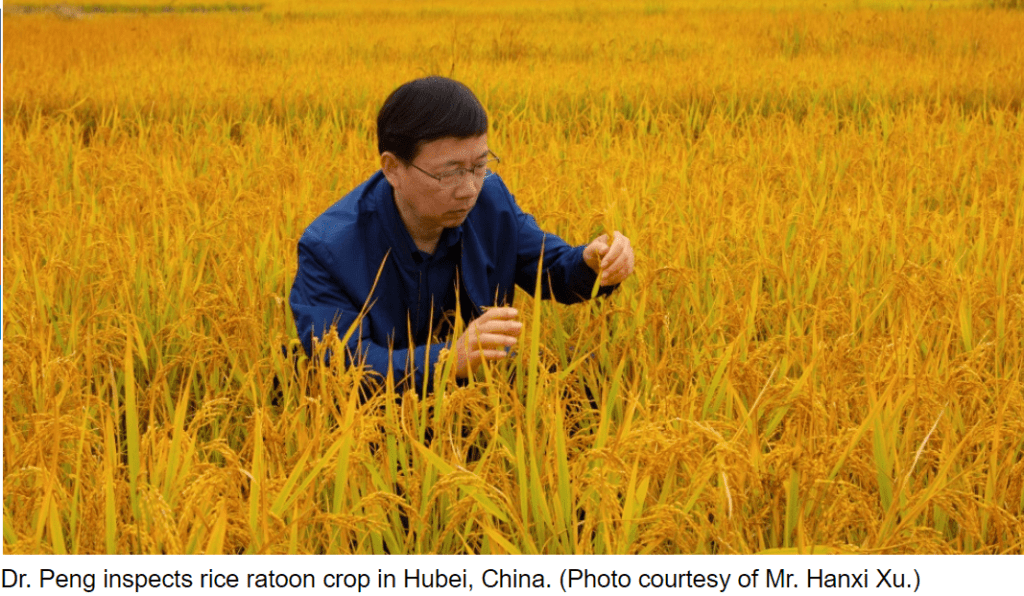
Modern agricultural equipment is helping the ancient farming method of rice ratooning make a comeback in east China.
New China TV
Ratoon rice technology: A green and resource-efficient way for rice production
Ratoon rice refers to the production of a second rice crop from the stubble after the harvest of the main crop, is considered a green and resource-efficient rice production system.
Chinese scientists are comprehensively evaluating the performance of ratoon rice in comparison with other rice cropping systems regarding the grain yield, grain quality, economics, and sustainability.
Scientists found that with good crop management, ratoon rice gives a yield equivalent to 60% that of the main crop but with a 50% reduction in resources and labor input. Moreover, rice ratooning improves the grain quality, increases the profits for farmers, and decreases greenhouse gas emissions.
In addition to Jiangxi province, as the largest rice production province in China, the ratoon rice in Hunan has rapidly developed in recent years in the aspects of planting area, total production, and cultivation technologies. The planting area of ratoon rice in Hunan was 267,000 ha in 2019, with the average yield of 7.50–10.50 t ha−1 and 2.30–6.00 t ha−1 in the main and ratoon seasons, respectively.
The grain quality in ratoon season is similar to or even better than that of late-season rice, but the relatively poor grain quality in the main season limits the profits for farmers.
In recent years, research on the cultivation technology of ratoon rice has been widely conducted in Hunan, which led to the development of a series of key practices for ratoon rice production with regard to variety selection, sowing dates, crop establishment, fertilizer and water management, straw cutting height and harvesting time, and the controls of pests, diseases, and abiotic stresses.
Rapid increase in ratoon rice production has occurred in Hunan in recent years, which was largely attributed to the improved crop management practices. Grain yield was greatly improved under the optimum crop management practices, especially in ratoon season.

These practices include the selection of suitable variety, appropriate sowing dates, proper crop establishment methods and planting densities, fine-tuned fertilizer and water management, optimum straw cutting height and harvesting time, and the control of pests, diseases, and abiotic stresses.
On-farm demonstration and extension of mechanized ratooning technology also made indispensable contribution to the rapid expansion of ratoon rice in Hunan. However, some constraints remain, including the large yield gap in farmers’ fields in some circumstances, which requires further research.
Sources:
- New China TV, 11 Aug 2023. Video: https://youtu.be/M17eX1MylFM
- Crop and Environment, Vol 2, Issue 3, September 2023, Pp 101-110. ‘Progress and challenges of rice ratooning technology in Hunan Province, China’. https://www.sciencedirect.com/science/article/pii/S2773126X23000412#sec6
- Advances in Agronomy, Vol 159, 2020, Pp 135-167. ‘Ratoon rice technology: A green and resource-efficient way for rice production’. https://www.sciencedirect.com/science/article/abs/pii/S0065211319300860
See also:
- Rice Today, Apr 23, 2020. ‘Rice ratooning makes a comeback’. https://ricetoday.irri.org/rice-ratooning-makes-a-comeback/
Leave a Reply
You must be logged in to post a comment.